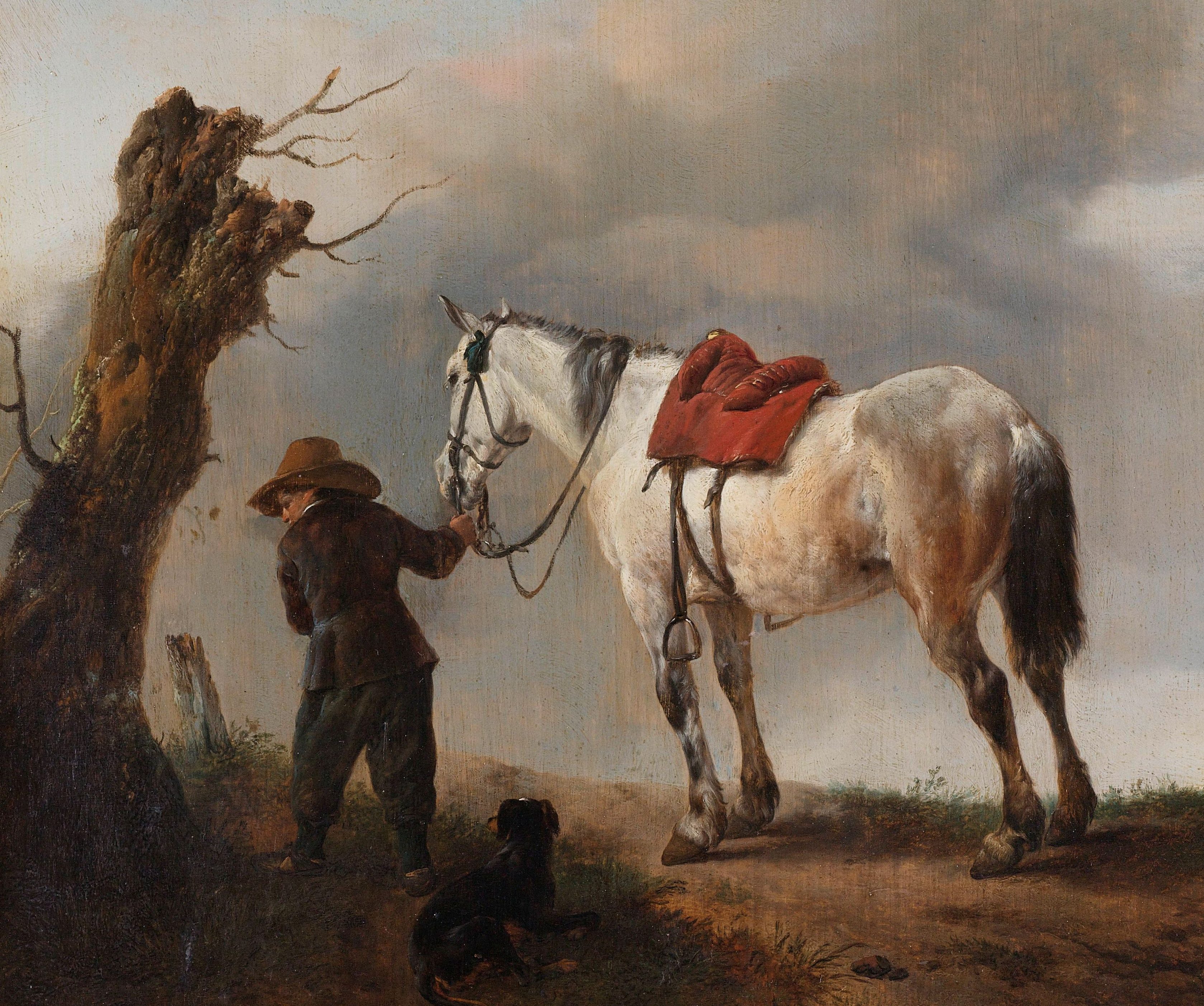
It is that time of year when children up and down the country start looking out for conkers, and about the time of year when schools start banning them from the playground. They are a sign that autumn is here and that winter is soon to follow. In recent years I have heard that conkers are useful for keeping spiders out of your home (I tried this and watched a spider crawl right over one so I’m not convinced). Early modern medical writers weren’t smashing conkers on strings or trying to repel eight-legged friends but they did suggest conkers were the best cure for a hoarse horse.
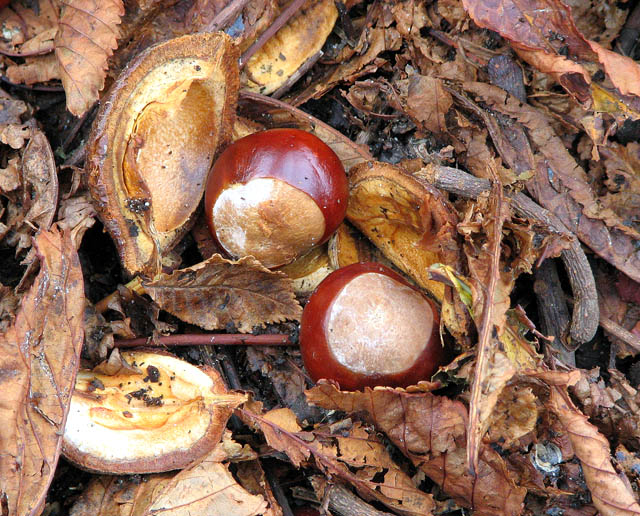
John Gerrard’s herbal claimed that in Turkey horse chestnuts were given to horses to cure them of coughs, shortness of breath, and other respiratory conditions.1 An early eighteenth-century dictionary, the Dictionarium rusticum, urbanicum & botanicum, told readers that this was how they had got their name: ‘Its Name came from the property of the Nuts, which in Turkey are given to Horses in the Provender, to cure such as have Coughs, or are Broken-winded’.2 The dictionary explained that the trees had been brought into Europe from Turkey and were prized for their ‘large Standard, full of Boughs and Branches, green Leaved, and nicked in teh edges’, with flowers that appeared in May. In France they were, apparently, ‘highly esteem’d’ for walks and avenues.
The writer on farriery Henry Bracken described how horses developed coughs and respiratory problems. He said that the too sudden cooling down of a horse when they were heated occassioned colds, coughs, and running eyes. Riding them belly-deep in cold water when they were already in a sweat caused them to become ‘broken-winded’ and phthiscky. He did not, however, recommend conkers as a cure. Instead he lauded his own ‘‘Cordial-ball’ made from aniseed, caraway seeds, cardamom, flower of brimstone, tumeric, saffron sugar, and liquorice powder, amongst other ingredients.3
While it appears that nearly everyone agreed that conkers were the best medicine for hoarse horses, the academic and physician Edmund Gayton went further implying that reputation for curing horses must mean that they were useful for human patients as well:
Horse-chestnut in our sole English Speech,
Which from the Eastern Country came, and can
Horse coughs and Astma’s cure, why not in Man? 4
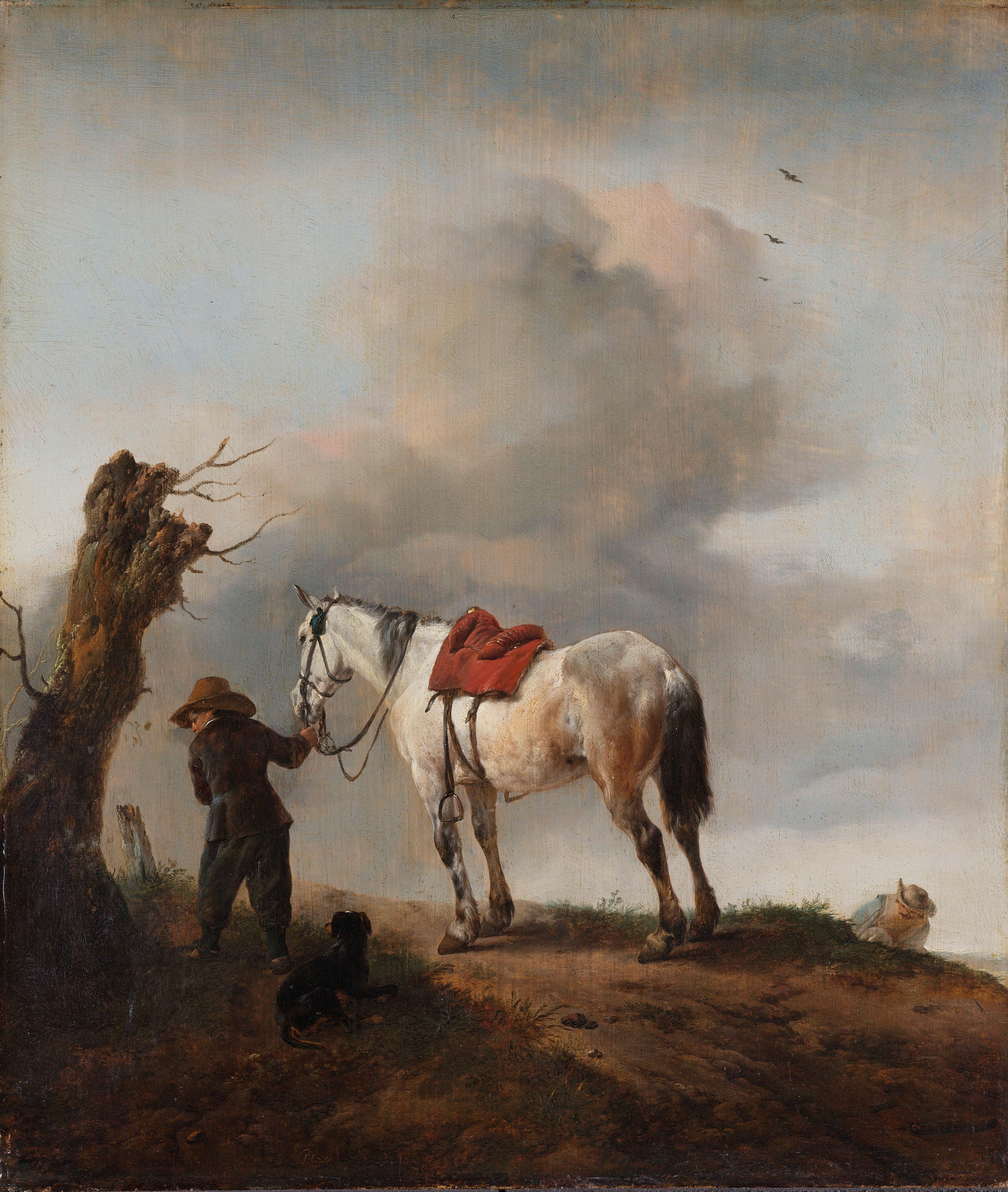
*** please don’t give horse chestnuts to horses or humans, they are poisonous
______________________________________________________________________________
- John Gerard, Theatrum botanicum: The theater of plants. Or, An herball of a large extent (London, 1640), p. 1402.
- Dictionarium rusticum, urbanicum & botanicum: or, a dictionary of husbandry, gardening, trade, commerce, and all sorts of country-affairs. In two … (Volume 1) (London, 1726), p. 144.
- Henry Bracken, The traveller’s pocket-farrier; or, a treatise upon the distempers and common incidents happening to horses upon a journey (Dublin, 1743), pp. 76, 77, 53, 54.
- Edmund Gayton, The art of longevity, or, A diæteticall instition (London, 2659), p. 84.
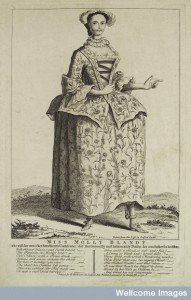

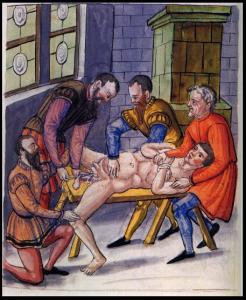
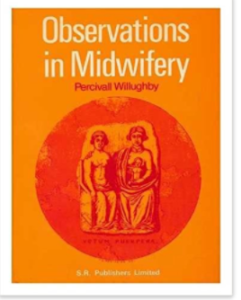
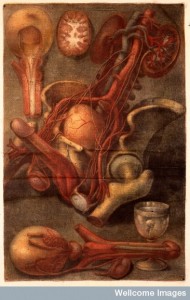
Horse Chestnuts have medical use in helping with varicose veins but please do not take them internally or give them to horses either as they are poisonous without careful preparation. In fact, do not use home made preparations on varicose veins unless you have a degree in chemistry and can remove the toxins. I think the cream is still commercially available; my mother used it but I have forgotten the source.. It did make a difference.
The game of ‘Conquers’ was played originally at least as early as the Tudor period using cobnuts [hazel nuts] in exactly the same way as we know conkers today. When the horse chestnut tree was introduced to Britain in the late 1600s little boys and girls everywhere delighted in the shiny nuts, and little boys [and probably some little girls] took to this new fruit for the game of conquers, and the name became attached to the tree. Little girls discovered that four pins as legs on the flat ones which come as twins and four adjacent pins for a back, with darning wool woven between them made wonderful baby house chairs .